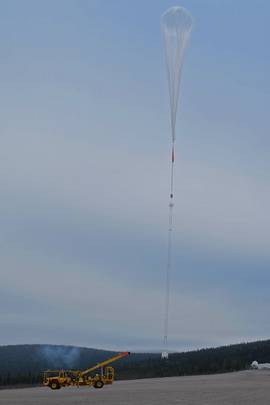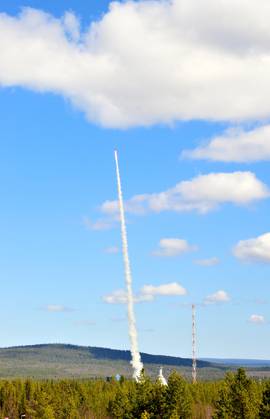

Mission
The project lifecycle is 12 month for a BEXUS and 18 month for a REXUS Experiment. During this time the students are involved into a complete space project.
Beginning with a training week, where basic skills and procedures are mediated and where the students present their first experiment design to an experts team. During the following months the Experiment shall continuously improve and build up by the students and reviewed by experts. The most important milestone to reach is the campaign, which takes place in the polar region of Sweden at the ESRANGE Space Center. Here last preparations on experiments and flight tests are conducted before the ballon is released or the rocket ignited.
The experiments are running under conditions which are quite different from the conditions in the laboratories on the ground: Heavy mechanical loads during lift off and landing, increasing pressure, reduced gravity and temperatures down to -70°C on the balloon. The automatisation off each experiment is an additionally challenge for the teams.
It is a short life cycle for a space program. Therefore a lot of project organisation inside the students teams is necessary. Who is when available? Do we have all components? Is the test facility available? Do we get support from a workshop? A thoroughly project management at project start is an essential basic for a successful progress. For this reason the students have to document the complete project in an SED (Students Experiment Documentation) close to a provided guideline. All scientific, technical and operational informations will be included in this document.
The Mission ends with the analysation of the Data and the finalisation of the SED. A certificate, which is signed by DLR and SNSB (additionally signed by ESA for the ESA associated students), will be handed over to all active participants after the mission has been finished.


 "
"